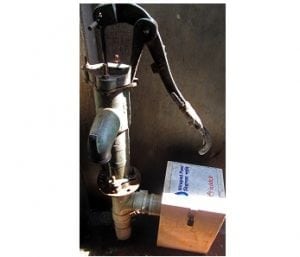
Agriculture
January 3, 2024
Lotus Water Chlorine Dosing Device
Read SolutionImplemented by
Stanford Researchers and the International Centre for Diarrhoeal Disease Research, Bangladesh
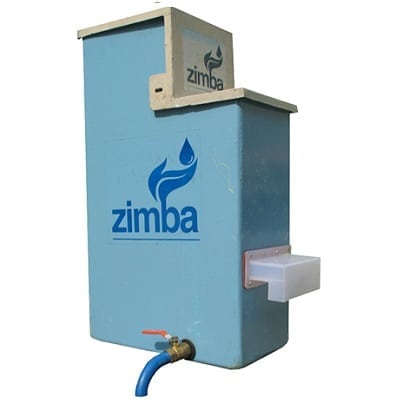
Updated on January 3, 2024
·Created on August 27, 2015
Zimba produces a low-cost automatic chlorine dispenser which disinfects water by automatically mixing required chlorine concentration at the point of collection.
Zimba is a point-of-use water chlorinator that aims to reduce water-borne diseases. Zimba dispenses a preset dose of liquid chlorine (sodium hypochlorite) into a batch of water within a storage tank. The storage tank allows this water to be exposed to chlorine for about 30 minutes, WHO’s recommended contact time, to allow disinfection before use. Zimba strives for a simple design, with no moving parts.
Target SDGs
SDG 6: Clean Water and Sanitation
SDG 3: Good Health and Well-Being
Market Suggested Retail Price
$240.00
Target Users (Target Impact Group)
Community
Distributors / Implementing Organizations
Massachusetts Institute of Technology (MIT) in collaboration with The International Centre for Diarrhoeal Disease Research, Bangladesh, Wateraid and other local NGOs interview with representative
Competitive Landscape
Direct competitors include PurAll Water Purification and Lotus Water Chlorine Dosing Device.
Countries
Bangladesh, Dominican Republic, India, Kenya
Manufacturing/Building Method
Zimba chlorine dispensers are manufactured in Kolkata, India
Intellectural Property Type
Patent
User Provision Model
Zimba devices are distributed through direct sales to water organizations, such as NGOs. Interview with representative
Distributions to Date Status
More than 100 as of 2018. Interview with representative
Design Specifications
Weight: 12 kg The outer shell is made of food grade fibreglass and the inner parts are made of virgin polypropylene plastic.
The Zimba device automatically mixes chlorine into water in the correct proportion, regardless of the flow rate of the water. The Zimba device can be fitted to a rural community’s existing water source, such as the hand pump of a well, the tap of a rainwater harvesting cistern, or the faucet of a piped water system. The device is gravity powered. Device installation takes under 30 minutes, chlorine refilling takes under 10 minutes. Interview with representative
Technical Support
A step-by-step Operations & Maintenance Guide is provided along with all accessories for users and implementing NGOs. Interview with representative
Replacement Components
Manufacturer claims that no parts are expected to require replacement; It is possible for the faucet to break at the output. This faucet is available locally. Interview with representative
Lifecycle
Unknown.
Manufacturer Specified Performance Parameters
The product automatically mixes chlorine into the water in the correct proportions, regardless of the flow rate of the water. Can be fitted to a rural community’s existing water source. The product can handle thousands of liters per day, no expensive cartridges to replace, water can be input in any ways.
Vetted Performance Status
Findings from this Article: “Water samples collected directly from the ZIMBA devices were between 0.2-2ppm (a “safe” chlorine residual) 91% of the time (8% were slightly above 2ppm), whereas only 13% of raw handpump water samples among treatment compounds and 39% of handpump samples among control compounds had a safe chlorine residual. A total of 81% of stored drinking water samples had a safe chlorine residual among treatment HHs, compared to 29% of stored water samples in control compounds (p<0.001). Free chlorine levels in stored water were significantly higher in treatment HHs compared to control (mean difference=0.33ppm, p<0.001)….The concentration of E. coli in stored water was lower in treatment HHs compared to control HHs (mean difference=0.4cfu/100ml, p=0.004).”
Safety
Sodium hypochlorite is highly reactive and volatile. Users are advised to never store the solution in any metallic container as chlorine will react with the metal. Sodium hypochlorite should always be stored or transported in opaque plastic containers to prevent exposure of the solution to UV radiation from sunlight, which will decrease its shelf life. In case the available chlorine solution is of a higher concentration than what is needed in the Zimba unit, users are responsible for diluting it appropriately with water.
Complementary Technical Systems
Using a pre-filter could improve water quality and reduce the amount of chlorine needed, depending on specific contamination of water source.
Academic Research and References
Amin, N., et al., Piloting an automated batch chlorination system at shared water points in an urban community of Dhaka, Water and Health Conference, 2013.
Pickering, A.J., et al., Differences in Field Effectiveness and Adoption between a Novel Automated Chlorination System and Household Manual Chlorination of Drinking Water in Dhaka, Bangladesh: A Randomized Controlled Trial, PLoS One, 2015, 10 (3).
“Lotus Water,” Program on Water, Health & Development, 08-Aug-2019. Available: https://water.stanford.edu/research/projects/lotus-water#:~:text=The%20Lotus%20Water%20project%20provides,meet%20international%20standards%20for%20safety
“Goal 6,” Sdgs.un.org. Available: https://sdgs.un.org/goals/goal6
“Applications,” Zimba Water, 12-Feb-2016. Available: https://zimbawater.com/applications/
“Hardware,” Zimba Water, 12-Feb-2016. Available: https://zimbawater.com/technology/hardware/
S. Tarafdar, “Introducing ZIMBA,” 20-May-2015. Available: https://www.youtube.com/watch?v=3WBkGjmFIZs
“Applications,” Zimba Water, 12-Feb-2016. Available: https://zimbawater.com/applications/
N. Amin, S. P. Luby, Y. Crider, and A. J. Pickering, “Piloting an automated batch chlorination system at shared water points in an urban community of Dhaka,” in Water and Health conference 2013, 2013
“Chlorine,” Zimba Water, 12-Feb-2016. Available: https://zimbawater.com/technology/chlorine/
“Listing Category Search Page,” Nsf.org. Available: https://info.nsf.org/Certified/PwsChemicals/Listings.asp?CompanyName=&TradeName=&ChemicalName=Sodium+Hypochlorite&ProductFunction=&PlantState=&PlantCountry=&PlantRegion=
zimbawater, “Safe Water,” 12-Jul-2012. Available: https://www.youtube.com/watch?v=ICMEvRSL7Xs
T. Talks, “A simple machine to quench the thirst for clean water: Suprio Das at TEDxGateway,” 11-Feb-2013. Available: https://www.youtube.com/watch?v=KSxkZKdmhj4
N. Amin, “ZIMBA Automated chlorinator,” 26-Jul-2015. Available: https://www.youtube.com/watch?v=tcZZedW-V4g
Compliance with regulations
NSF / ANSI Standard 60: Drinking Water Treatment Chemicals: Zimba is not specifically listed as complying, but dozens other companies selling sodium hypochlorite products for drinking water treatment are approved. This certifies that chemicals are safe at the maximum dose and that any impurities are below the maximum allowable limit. US Environmental Protection Agency (EPA) Registration: Zimba is not registered with the EPA, sodium hypochlorite has been registered since 1957, and the EPA issued a registration standard in 1986 saying that sodium hypochlorite products (with 5.25% – 12.5% chlorine) do not need individual registration review. The document also states that, “widely used in disinfecting water supplies for nearly a century, the hypochlorites have been proven safe and practical to use”.
World Health Organization (WHO): The World Health Organization does not currently approve products for use to treat drinking water. However, the Guidelines for Drinking Water Quality list liquid NaOCl with concentrations between 0.5% and 1% as a point-of-use water treatment method.
Evaluation methods
Laboratory and field testing
Other Information

Agriculture
January 3, 2024
Implemented by
Stanford Researchers and the International Centre for Diarrhoeal Disease Research, Bangladesh
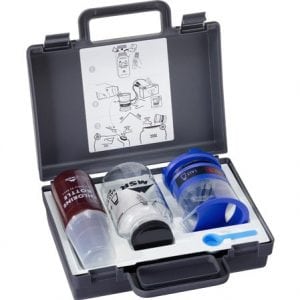
Agriculture
January 3, 2024
Implemented by
Cascade Designers, Inc
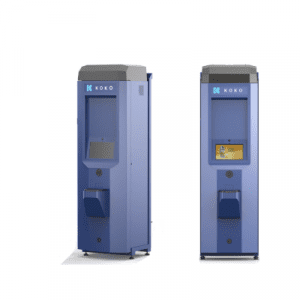
Agriculture
November 30, 2024
Implemented by
KOKO Networks
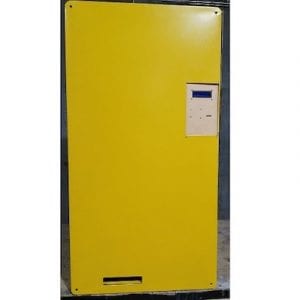
Agriculture
February 21, 2024
Implemented by
Inteco
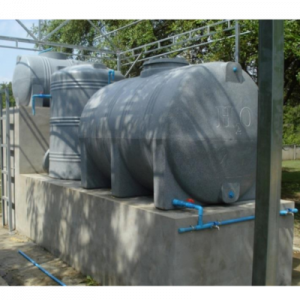
Agriculture
January 11, 2024
Implemented by
Centre for Affordable Water and Sanitation Technologies (CAWST)
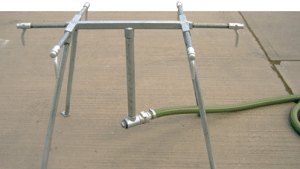
Agriculture
January 10, 2024
Implemented by
Evenproducts
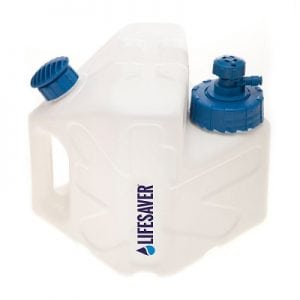
Agriculture
December 29, 2023
Implemented by
Lifesaver
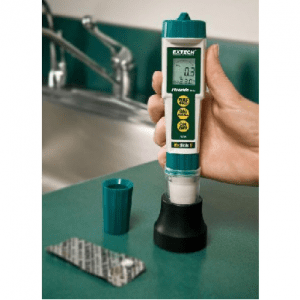
Agriculture
January 17, 2024
Implemented by
Extech Instruments
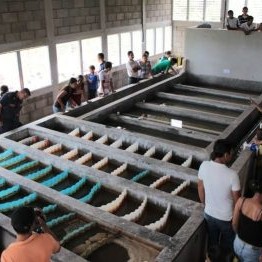
Agriculture
January 18, 2024
Implemented by
Agua Clara LLC
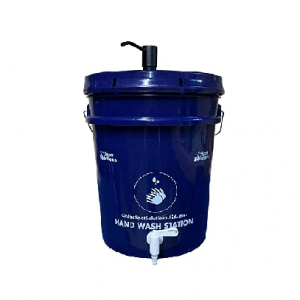
Agriculture
January 19, 2024
Implemented by
On the Spot Solutions
Have thoughts on how we can improve?
Give Us Feedback